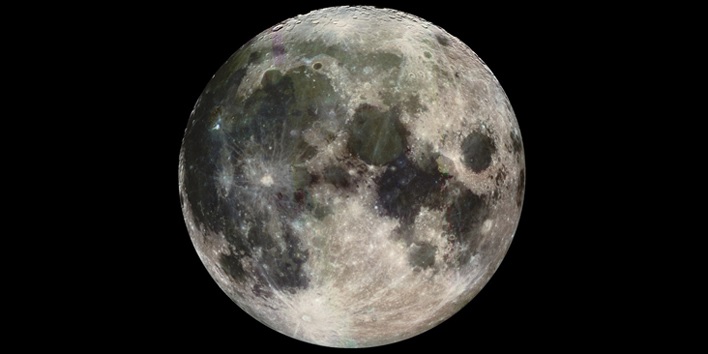Earth, our home planet, is the only planet in our solar system known to harbor life - life that is incredibly diverse. All the things we need to survive exist under a thin layer of atmosphere that separates us from the cold, airless void of space.

Our moon makes Earth a more livable planet by moderating our home planet's wobble on its axis, leading to a relatively stable climate, and creating a tidal rhythm that has guided humans for thousands of years. The moon was likely formed after a Mars-sized body collided with Earth and the debris formed into the most prominent feature in our night sky.
